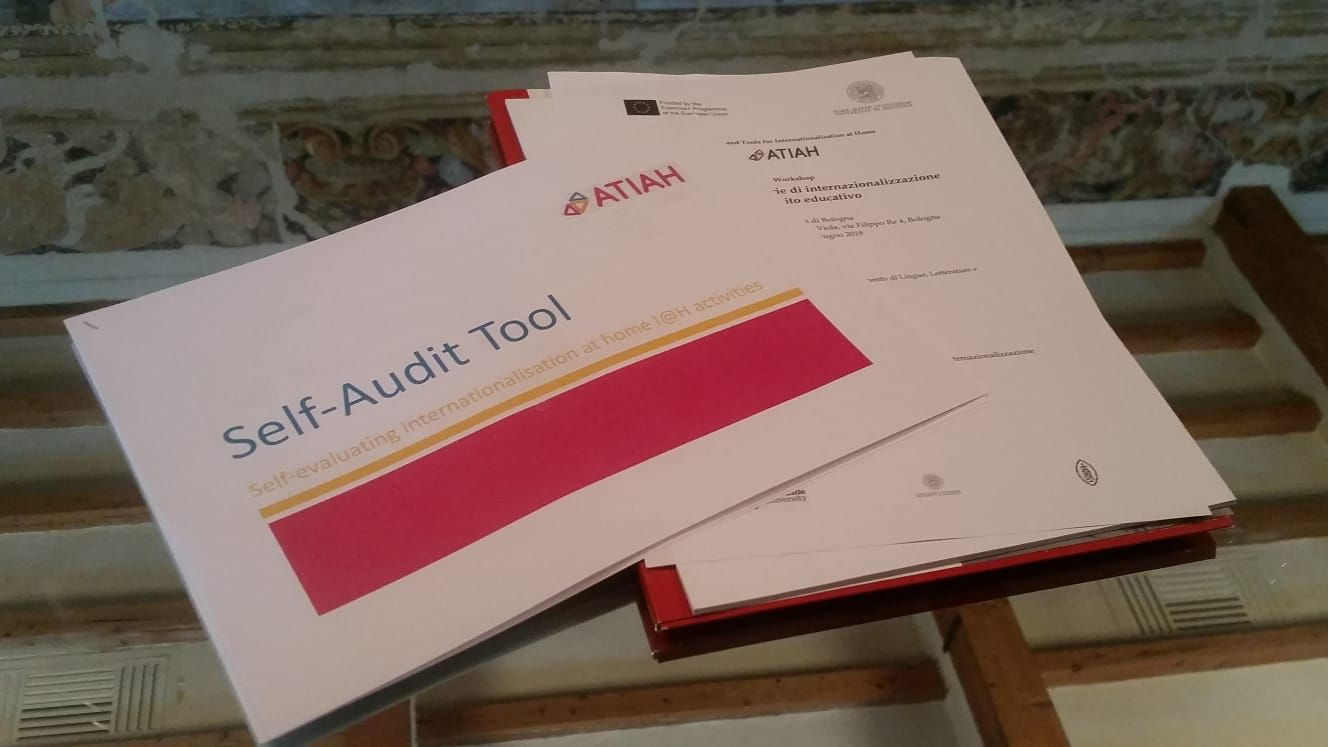By Sue Robson, Emerita Professor, School of Education, Communication and Language Sciences
Internationalization has become a key strategic priority in higher education (HE), posing both critical challenges and development opportunities for universities. While many HE institutions have an internationalisation strategy, approaches to internationalisation vary enormously. The number of international students and staff on roll, and the number of ‘mobile’ students and staff engaged in international research and teaching collaborations are highly regarded and prestigious indicators of quality and prestige in higher education institutions (Wihlborg and Robson, 2017).
Increasingly, however, universities are seeking to develop more inclusive approaches that enable all students and staff -and particularly the non-mobile majority – to experience the underlying social, academic and intercultural learning benefits of an ‘internationalised university experience‘ (Robson, Almeida and Schartner, 2018). One of the developing areas of interest for research and practice into the internationalization of higher education is the concept of Internationalization at Home (Almeida et al., 2018). This was the focus for the Approaches and Tools for Internationalisation at Home (ATIAH) Erasmus+ Strategic Partnerships Project. Internationalisation at Home is one of the Key Priority Areas of the European Commission’s Communication “European HE in the World”: ‘Promoting internationalisation at home and digital learning’ (COM/2013/499).
Continue reading “Approaches and Tools for Internationalisation at Home”

